5 of the world’s best funicular railways
Reach new heights – and depths – and take in spectacular views on these quirky modes of transport.
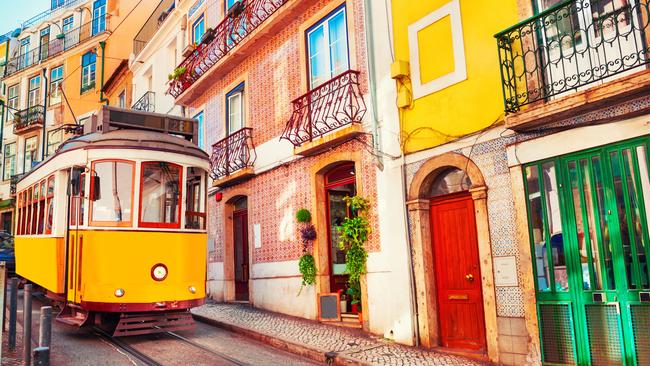
What is a funicular, exactly? As the word is derived from the Latin for “rope”, a cable is an essential part of its workings. Funicular cars are usually permanently attached to a propulsion cable, with one car often counterbalanced by another. They haul passengers up steep slopes so it’s no surprise that mountainous Switzerland is home to more than 50. Near Lucerne, ride a historic funicular followed by a spectacular open-air cableway to reach the summit of the 1898m-high Stanserhorn. The nostalgic ride in the retro funicular, which dates back to 1893 and was restored in 2009-10, lasts about 10 minutes. After a mid-mountain station transfer, glide to the top on the double-deck aerial cableway; the gondola’s lower deck is enclosed but the unmissable upper deck offers an exhilarating, breeze-in-your-face, look-up-down-and-all-around panorama. Once up top, chat with roaming rangers who can point out resident marmots and alpine flora. This knockout funicular/cableway combo operates from early April to late November.
What is a funicular, exactly? As the word is derived from the Latin for “rope”, a cable is an essential part of its workings. Funicular cars are usually permanently attached to a propulsion cable, with one car often counterbalanced by another. They haul passengers up steep slopes so it’s no surprise that mountainous Switzerland is home to more than 50. Near Lucerne, ride a historic funicular followed by a spectacular open-air cableway to reach the summit of the 1898m-high Stanserhorn. The nostalgic ride in the retro funicular, which dates back to 1893 and was restored in 2009-10, lasts about 10 minutes. After a mid-mountain station transfer, glide to the top on the double-deck aerial cableway; the gondola’s lower deck is enclosed but the unmissable upper deck offers an exhilarating, breeze-in-your-face, look-up-down-and-all-around panorama. Once up top, chat with roaming rangers who can point out resident marmots and alpine flora. This knockout funicular/cableway combo operates from early April to late November.
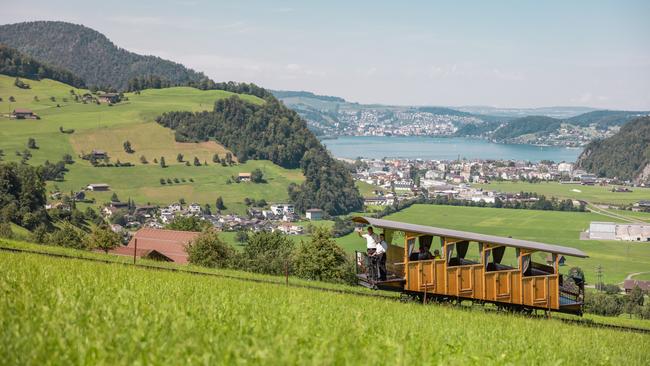
2 Hum that tune in Italy
Croon the jaunty 1880 tune, Funiculi, funicula, as you swing on to Naples’ Funicolare Centrale. This funicular, one of four trundling up and down the tiered southern Italian city, wasn’t yet built when the Neapolitan earworm was composed in honour of a cable railway that opened on nearby Mt Vesuvius. The city’s central line, which opened in 1928, connects the buzzy shopping thoroughfare of Via Toledo in the World Heritage-listed historic centre to Vomero, a leafy uphill neighbourhood. Just four stations are dotted along the 1270m-long track – but take time to soak up the Art Nouveau elegance of the two stations bookending the journey, which takes from four to six minutes, depending if it’s an express service. The hilltop Piazza Fuga station, in particular, is known as an architectural gem, thanks to its striking glass-and-steel roof. The two counterbalanced trains, comprising three wagons, can each carry about 450 passengers.
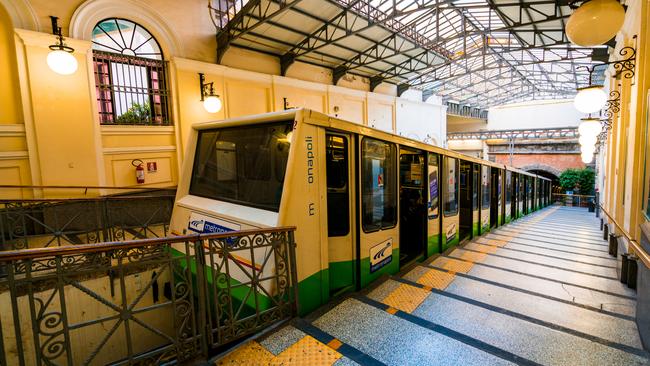
3 Go underground in Istanbul
Istanbul is jam-packed with transport options, from ferrying across the Bosphorus – thereby switching continents – to boarding trams both modern and nostalgic, and conquering the subterranean metro system. Another underground wonder is the Tunel, a rubber-tyred funicular that rolls up and down a 573m-long brick-lined tunnel on the city’s European side. This journey on one of the world’s oldest subways takes just 90 seconds. After a French civil engineer conceived it in 1867 to save the uphill slog between the Galata and Pera districts, the line opened to the public in 1875 and it was then electrified in 1971. If you’ve docked at Galataport on a cruise ship, the bottom funicular terminal (Karakoy) is a 15-minute flat stroll away. Once you reach the upper terminal (Beyoglu), head outside to continue nostalgia-tripping by bouncing straight on to one of the cherry-red heritage trams.

4 Glory be in Portugal
Portugal’s capital, Lisbon, is leg-searingly steep. Some say the city was built on seven voluptuous hills, others say there’s eight. No matter – thanks to some clever 19th-century engineering, three funiculars will help you rise to the miradouros (lookouts) offering picturesque views over the city’s terracotta-tiled canopy. The most popular of the rides is the Elevador da Gloria, which once allowed passengers to sit on benches on its roof, an experience dubbed “imperial class”. Those hair-raising days are no longer but this is still a quintessential Lisbon experience. The Gloria funicular, which opened in 1885, whisks passengers from Restauradores Square up to the labyrinthine Bairro Alto district, home to the Sao Pedro de Alcantara viewpoint. Hot tip: ride the funicular up then meander back via the Calcada da Gloria (Gloria Sidewalk), which has been transformed into a fascinating open-air gallery of street art.
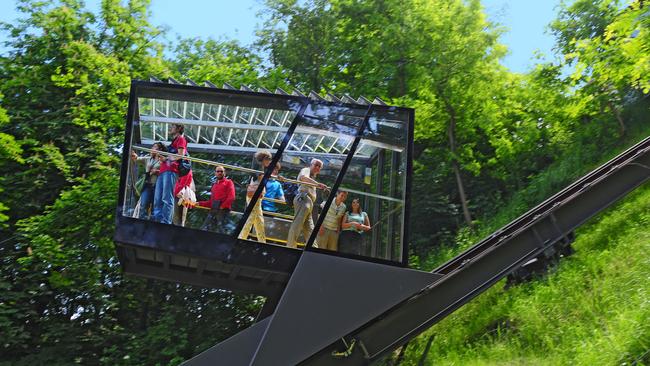
5 Slovenia’s see-through ride
In 1897 Ljubljana’s legendary mayor, the progressive Ivan Hribar, wrote to the Austro-Hungarian authorities suggesting that Ljubljana Castle, a landmark fortification with enchantingly beautiful views, would become popular if only an elevator to the top was built. More than a century later, in the dying days of 2006, Hribar’s proposal was finally realised. Designers Miha Kerin and Majda Kregar conjured a panoramic glass cabin that slides from the city’s old town, up through the forested flanks of Castle Hill, to slot in next to the medieval walls. The ride lasts just 60 seconds. Up to 33 people can stand in the single cabin but already, more than six million people have taken the ultra-modern express journey to and from the castle. If you’re in no hurry to depart, explore the Castle Wine Trail or wander beneath the century-old wild chestnuts lining Castle Avenue.

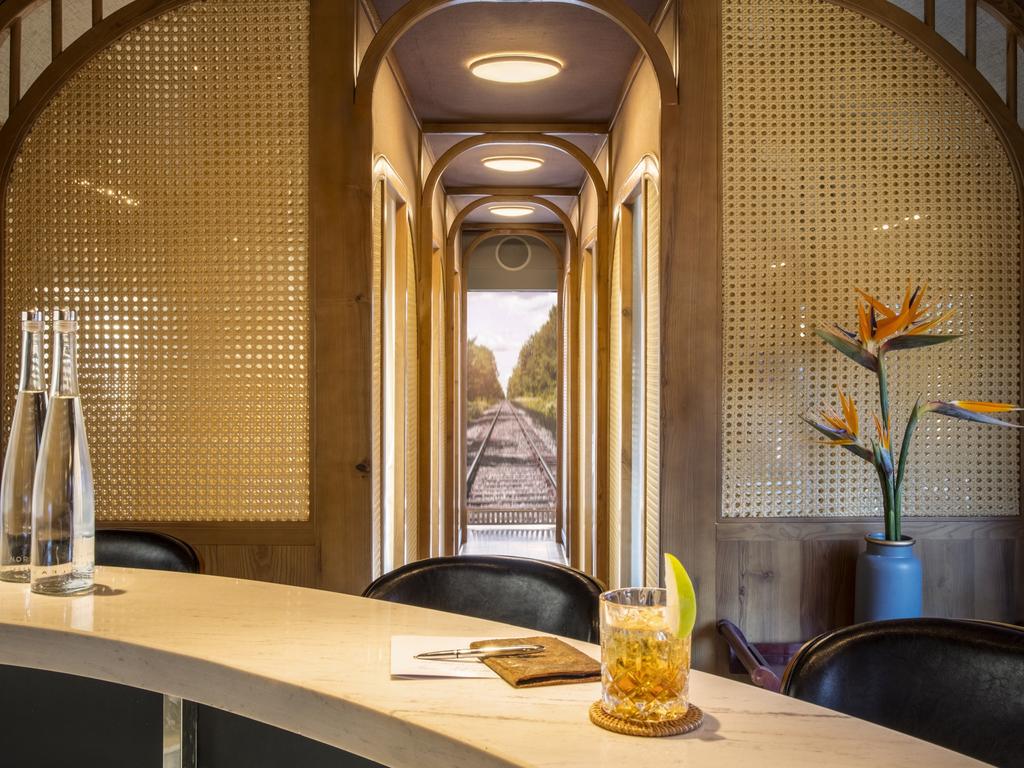

To join the conversation, please log in. Don't have an account? Register
Join the conversation, you are commenting as Logout